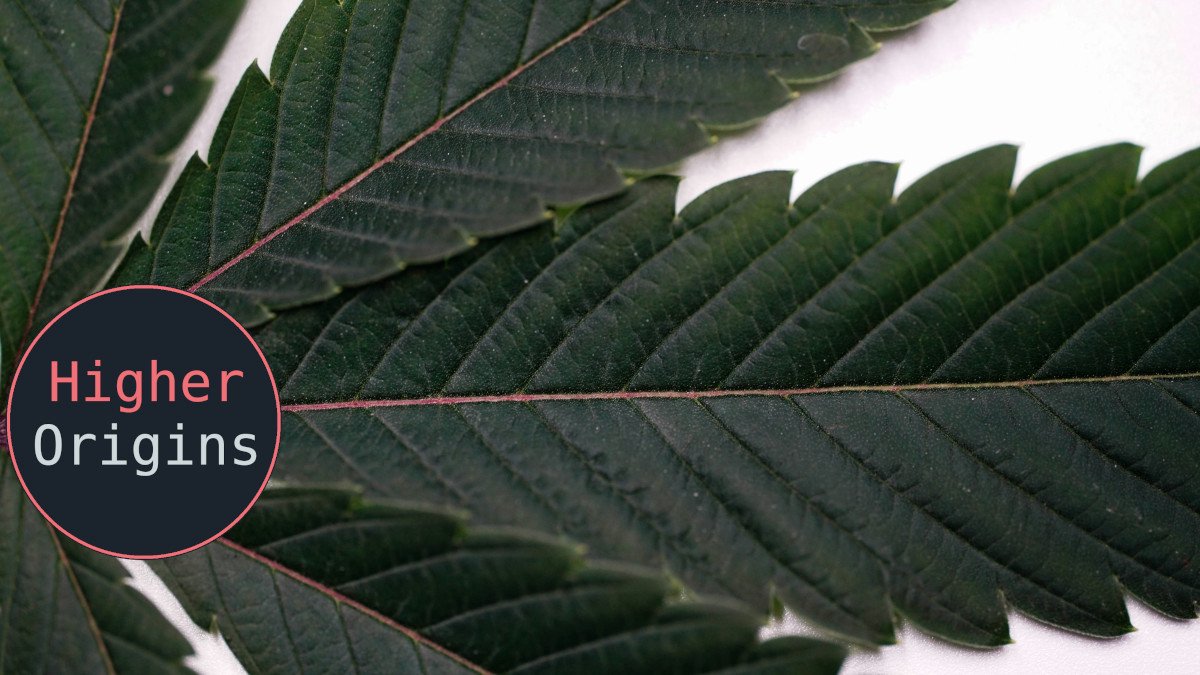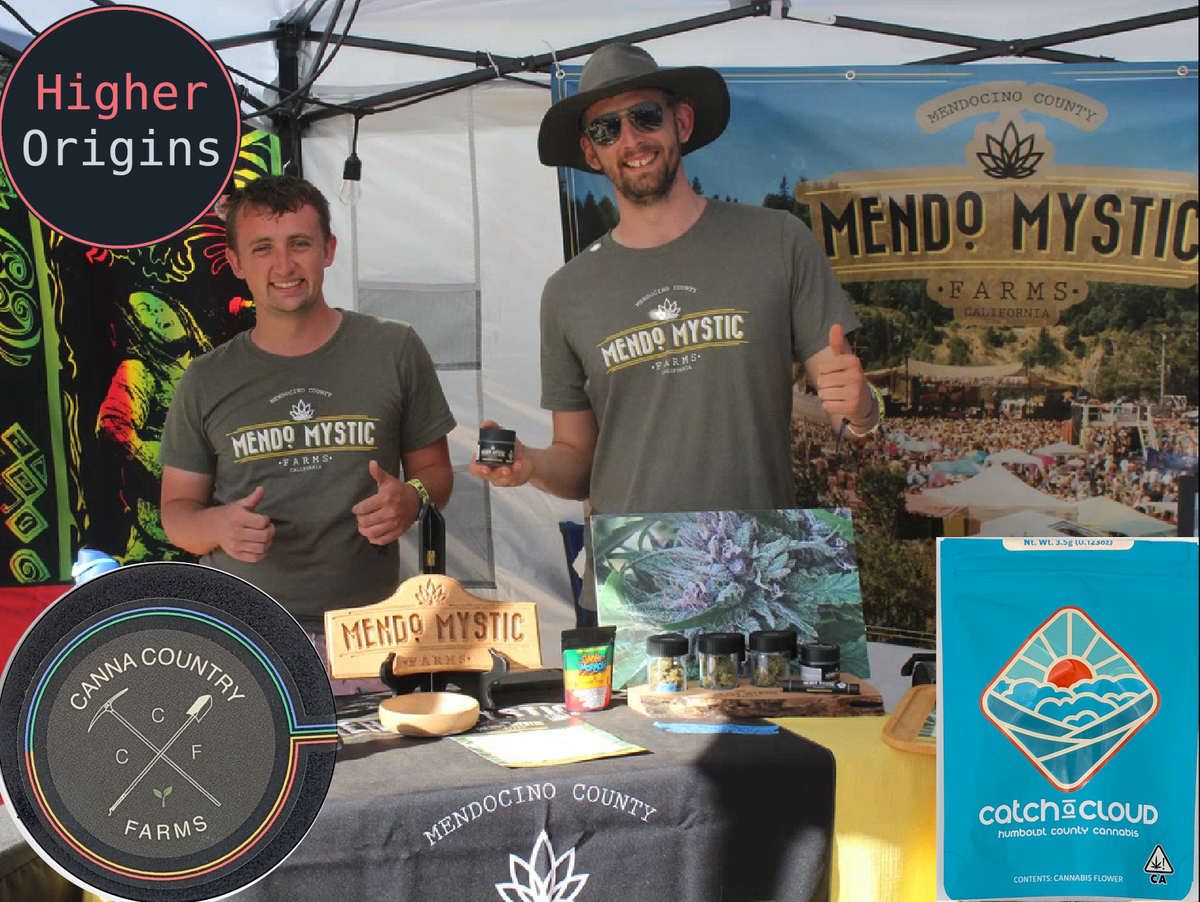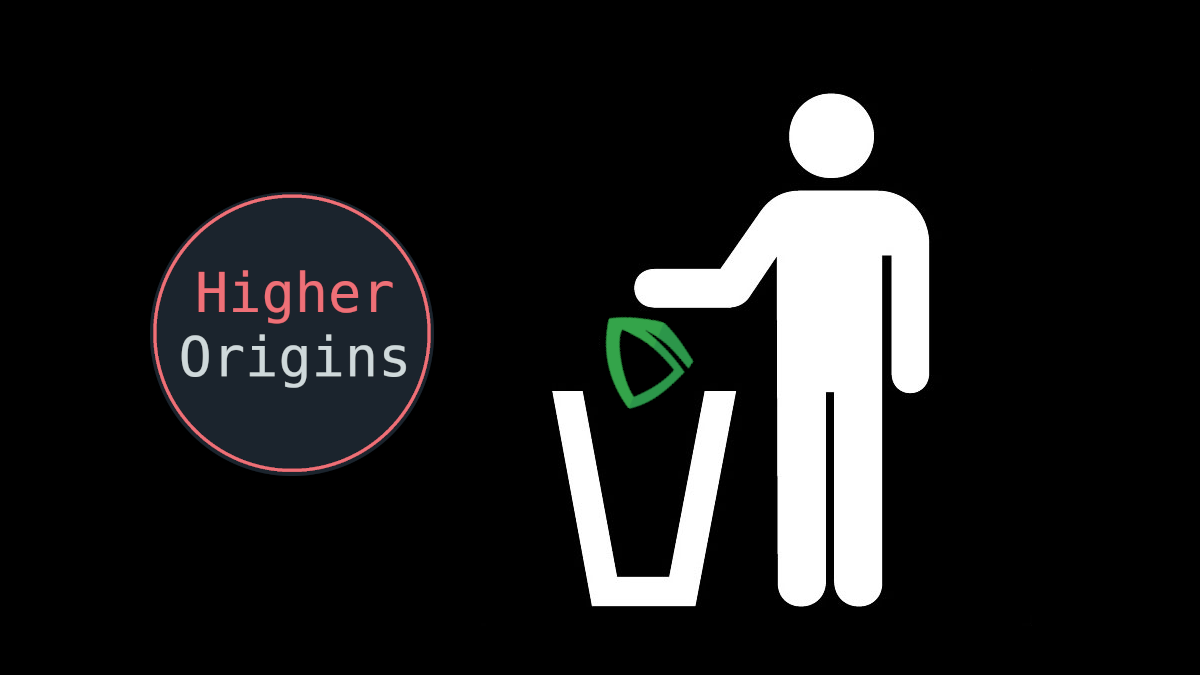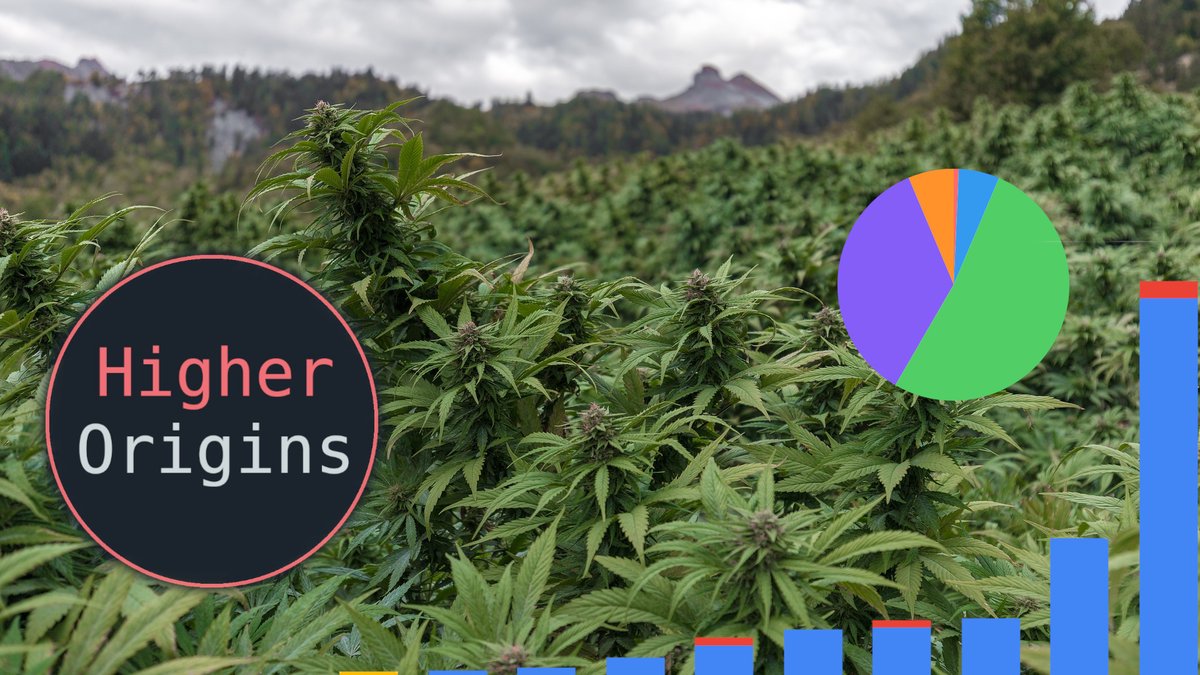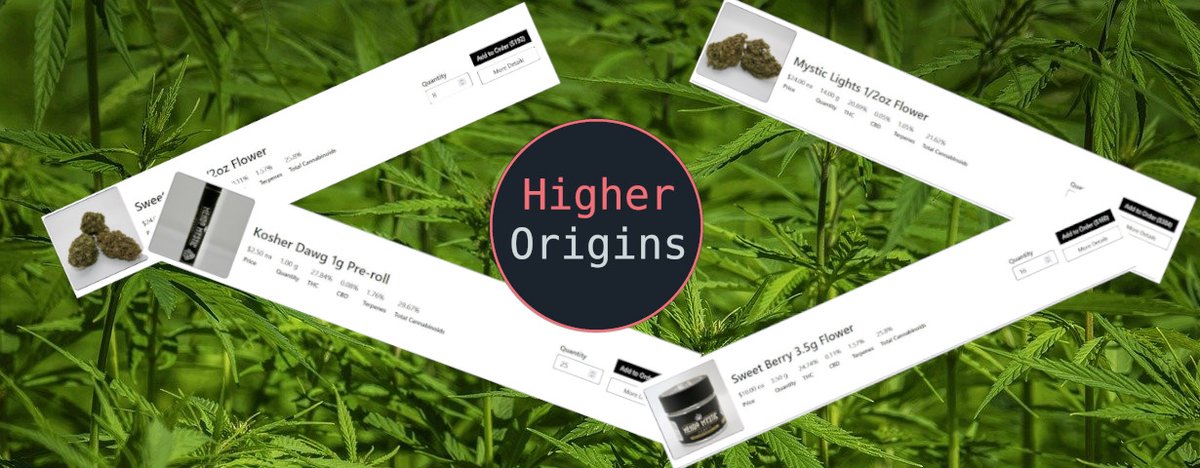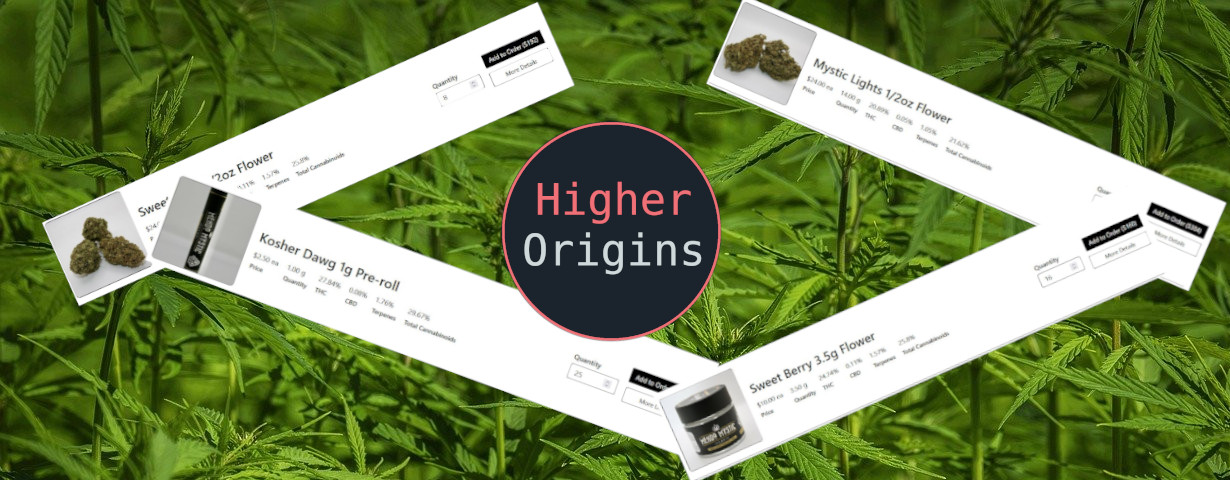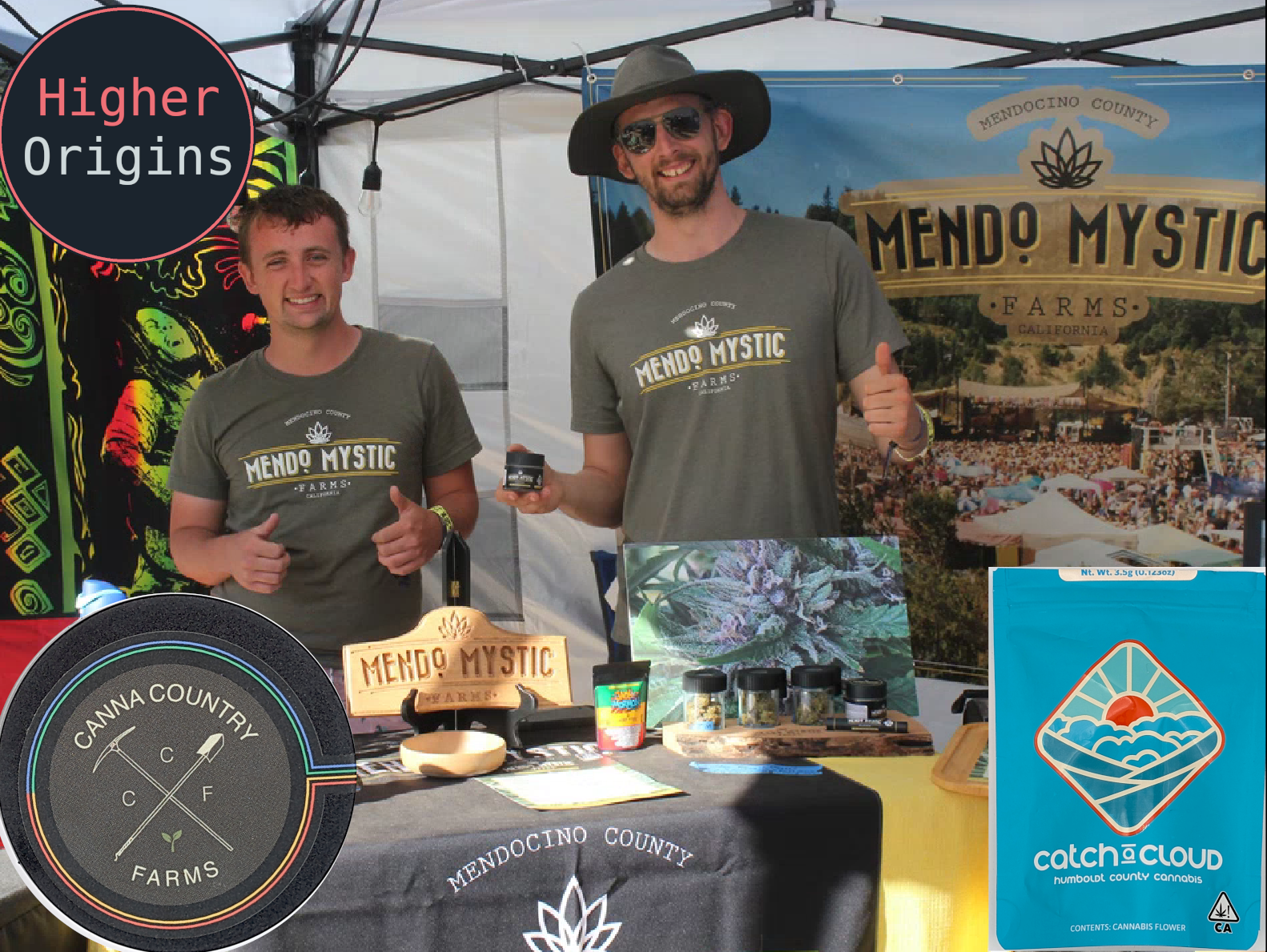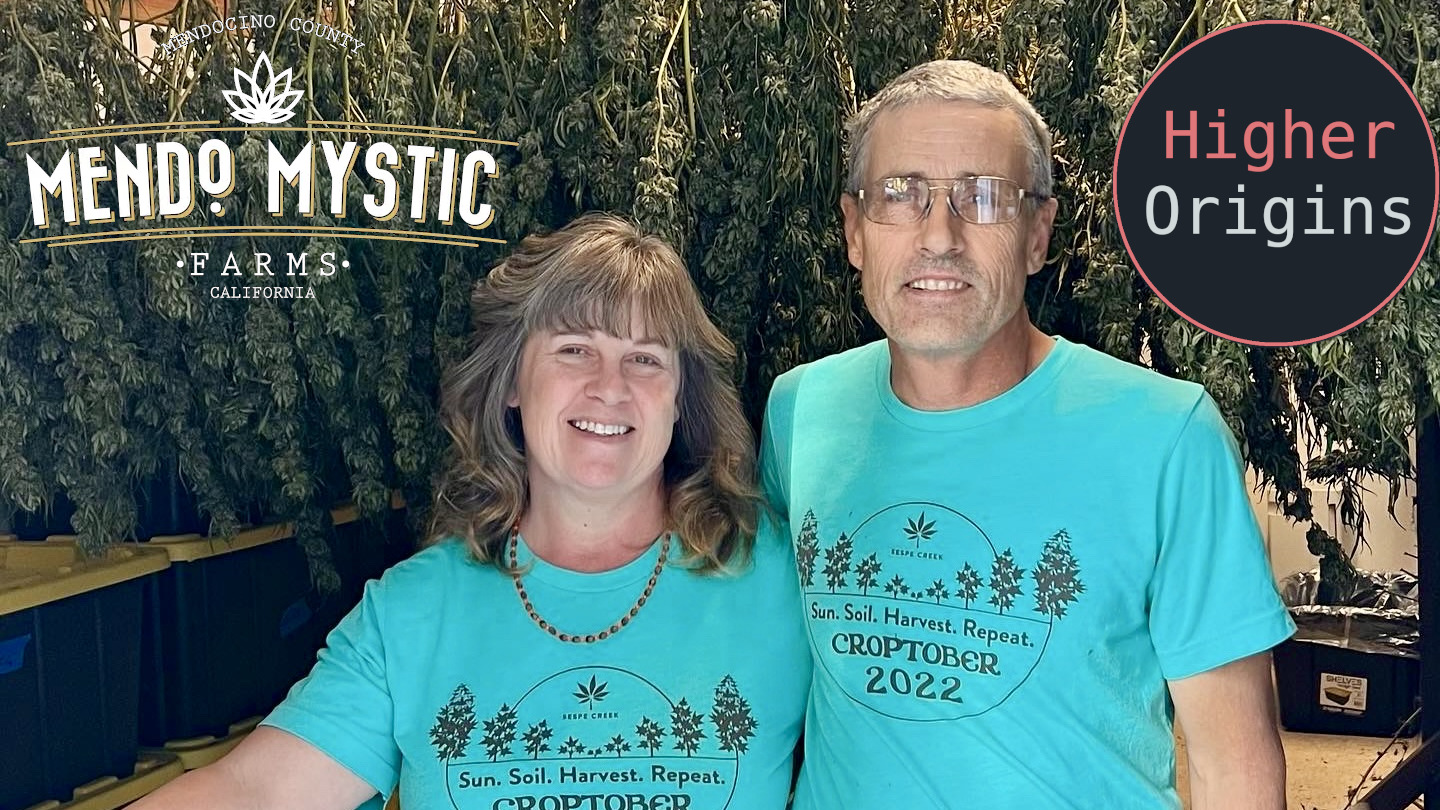It’s a new year, and it’s time to take a look back at 2024 and see what happened in the California Cannabis industry. From a brush with rescheduling and the pesticide testing crises, to further price suppression and the election of an unpredictable administration, 2024 was a wild ride.
For analysis, we’re trying something different this year. Instead of just showing everyone a slightly different graph at the end of each quarter, we’ll be focusing on a few interesting categories that we feel better reflect the trends and changes in the market. There are still some overview graphs, but we have simplified them where possible and created new data visualizations that we feel are more informative.
Let’s start with the top level numbers:




In 2024, all trends seemed to flatten significantly by the end of the year, with the exception of continued losses in Delivery licenses and slow grow in Retail locations. It will take another quarter or two to determine if this is the market finally finding a bottom or if it is merely seasonal.
Focus: Small Farms
We define a small farm as any licensee that cultivates 10,000 square feet or less.
In 2024, there were a total of 1,846 active small farms, totalling 14.8 million square feet of cultivation statewide. By the end of the year, 292 of those small farms had lost their cultivation licenses, wiping out 2.26 million square feet of cultivation, or 15.3% of the total small farm canopy statewide. This license loss was most severe among outdoor small farms, with just over 1 million square feet lost. Regionally, 61% of the losses were in the Emerald Triangle counties of Humboldt, Trinity, and Mendocino, with Humboldt having the worst drop at 707,500 square feet lost.
It wasn’t all losses, however. In 2024, 38 new small farm licenses were added, totalling up to 283,000 square feet of cultivation. The majority of these were in Humboldt, Trinity, and Nevada counties. Unfortunately, this small gain only offsets 12.5% of the lost canopy in 2024.
The losses in Humboldt aren’t attributable to any one thing. In April, Green Market Report cited overproduction and rock bottom wholesale pricing as factors. Local legislation is also a variable. Measure S deferred cannabis excise taxes and allowed operators to pay them on a payment plan, potentially making it easier to survive the tax burden, but many growers are still behind on payments. Measure A, which was voted down, featured unclear and disingenuous language that put many farms at risk of license loss if they were located in certain areas where they might pose a purported nuisance to neighbors. Clearly Measure S hasn’t alleviated the tax burden, and Measure A may have created a chilling effect on growers who wanted to enter the licensed market. Humboldt’s bureaucrats are also fumbling their license system, which adds even more red tape. Despite receiving $18.6 million dollars from the state’s LJAG program which was designed to help accelerate the burdensome CEQA review process and help provisionally licensed farms gain full annual status before the January 1st 2025 deadline, there were still 102 licenses listed as provisional at the end of 2024.
From our perspective, two other major issues threaten Humboldt’s farms. First, it has become clear to us through recent experiments that retailers are uninterested in and unsure how to market small farm outdoor cannabis- to many of them it barely exists, and if they do buy it, they’re only willing to buy at rock bottom prices and demand freebies for their staff or extra samples. On the rare occasion that it makes it onto their shelves, it often is marketed with no connection to the farm who grew it, and sold as low-shelf offerings at a heavy discount. There is a widespread belief among buyers that all outdoor is trash, an opinion which has only caught on in the past few years due to the market being flooded with low quality outdoor grown in central coast megafarms.
The second threat to Humboldt, and indeed the whole North State cannabis industry, is that the vast majority of sales happen in the Southern part of the state because that’s where the most people are. The simple geographic distance between production and consumption provides a very real barrier. Due to the State’s mandated middleman distribution model, farms must pay high transport and distribution fees to get their products into stores. It’s 650 miles from Arcata to Los Angeles, and distros can charge 1-2$ per mile in addition to service charges. If a small farm only can get small orders of a couple pounds at a time from unenthusiastic LA distros who don’t know how to market outdoor, that can easily be an extra thousand dollars of overhead on a few pounds of product that likely won’t sell well- a deathblow to any profit margins.
Focus: Large Cultivation
In 2024, an estimated 2.9 million additional square feet of existing cultivation was consolidated under 18 different Large licenses. At least 720,000 square feet of cultivation was added across 20 entirely new Large licenses. In total, at least 5.15 million square feet of Large cultivation was active in California in 2024, the vast majority of which was outdoor cultivation. Santa Barbara dominates Large licensure, with just under 40% of all Large cultivation, trailed by Humboldt with 16.6% and Santa Cruz with 13.1%. We can’t know exactly how much area is actually being cultivated under Large licenses because the State doesn’t report that, but we can be sure that our estimates are low because they are based on the lower size limit of what can be grown on those licenses.
Two Large licenses failed in 2024. The first was Ocean Hill Farms in March, with at least 112,000 square feet, and the second was San Antonio Ranch 101 in May, with at least 90,000 square feet. Both licenses were created by combining existing cultivation, and both were in Santa Barbara county.
Focus: The End of Provisional Licensing
When cannabis licensing first opened up, the State allowed licensees who were in good standing on getting their California Environmental Quality Act (CEQA) environmental impact reports processed to be licensed on a provisional basis until their report was complete and they could be granted a full annual license. Unfortunately, due to the ludicrous costs, red tape, and bureaucratic obstruction associated with CEQA, many applications have been stuck in provisional purgatory for years. Certain counties have been more obstructive than others, with various cases of documented corruption, mismanagement, and misuse of funds- all of which have slowed the approval process. The State has thrown money at the problem in the way of poorly managed DCC grants, but those haven’t helped much. After many extensions, provisional licenses have officially stopped being renewable as of January 1st 2025, and no provisional license is allowed to operate past the end of 2025.
Let’s look at where provisionals stand statewide before and after the deadline. In Q4 of 2024, there were 824 provisional cultivation licenses active statewide, and as of the 24th of January there were 809. This shows that the deadline itself didn’t have a severe impact on the number of operators, but as the year goes on these 809 licenses are in danger of closure if their CEQA can’t be finalized. The top three counties with overdue provisionals are Mendocino with 310, Los Angeles with 194, and Humboldt with 82. The remaining 223 are distributed across 19 other counties. Statewide, this makes up over 7.9 million square feet of canopy, or 11.75% of the total state crop which could disappear this year if CEQA applications are not finished in time. Of these licenses, 48% are outdoor, 31% are indoor, and 21% are mixed light. It would not be surprising if lawsuits are filed against the DCC or certain CEQA-related organizations by licensees who get cancelled before their application can be finished.
County-Level Trends
Due to the differences in county-based regulations, it’s handy to compare growth over time at the county level. The easiest way to do this is to look at cumulative growth/loss over the year, by both percentages and raw square footage. This gives us an idea of where changes are happening in the industry and the scale of various market sectors in each county. Some very small categories have been removed from this list for brevity.
Cultivation

In 2024, outdoor sustained the most losses as a sector, centered in Santa Barbara, Humboldt, and Lake counties. Losses in Humboldt and SB wiped out 8% of those counties outdoor, while Lake lost 14%. Gains were scattered more across the state, with Montery showing surprising growth, and Contra Costa increasing its indoor production by a third. Mixed light saw little growth, with only San Mateo county gaining 32,000 square feet.
Commercial

Delivery took the biggest hit in the past year, with more populated counties being hit harder. LA leads the pack in license loss for distros and delivery, even though it was a lesser percentage of it's huge market share in those sectors. Santa Clara and Santa Cruz expanded their retail footprints, showing that the greater Bay Area feels like a safe bet to invest in storefronts.
Manufacturing

Every county in the state had a net negative loss of manufacturing in 2024. This reflects the overall decline of the industry and the fact that existing manufacturers have consolidated control over their niches, driving out their competition. Non-volatile and infusion licenses both lost 27-28% on average, while volatile lost 16% on average, suggesting that the higher volumes of cheaper extracts that can be produced via volatile processes are a better fit in the current market.
Three Fun Facts:
The four oldest active licenses in the state are all manufacturers started on 10/1/2018:
1540 7th Inc, a non-volatile extractor in Los Angeles
Crafton Manufacturing, an infusor in Los Angeles
Adelanto Group LLC, a packaging license in San Bernardino
Interstitial Systems LLC, a volatile extractor in Santa Cruz
Currently, the largest single license holding business is Bar X Farms LLC in Lake County, with 271 licenses. This operation has changed names and hands several times over the years between different investors.
There are currently 180 retailers identified by the State as Equity Retailers.
While things aren't great in the cannabis industry at the moment, the leveling of trends may bring some much needed stability if the trend holds. Granted, market stability at the bottom of the market isn't a great situation, but it's better than freefall. The upward pressure of the retail sector shows that demand is still strong. As 2025 progresses, we will keep you updated on more industry trends. Have something you'd like for us to take a look at? Hit us up on LinkedIn, Instagram, or [email protected].
Articles like this are just part of what Higher Origins is about. We've built out a marketplace, menu system, order management, and business page system so small farms can get their product and brand to market. Our platform helps operators at every level of the supply chain streamline their ordering and sales, using industry-tested methods built by and for people who have spent years navigating the industry. If you're a licensed California operator, you can sign up free here today and check out what we've built with no obligation. We'd love to help you!
Stay warm and have fun!
-The Higher Origins Team
